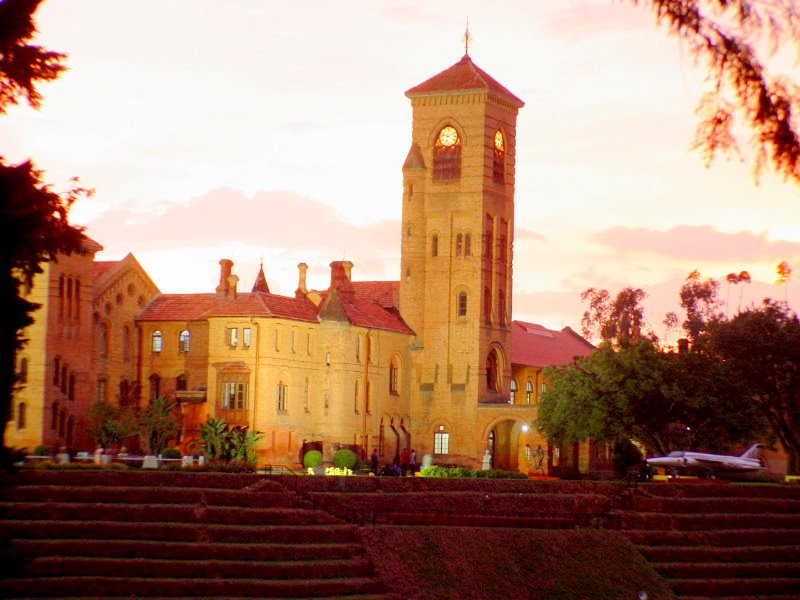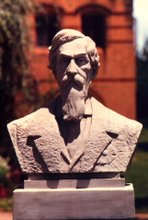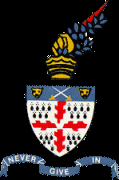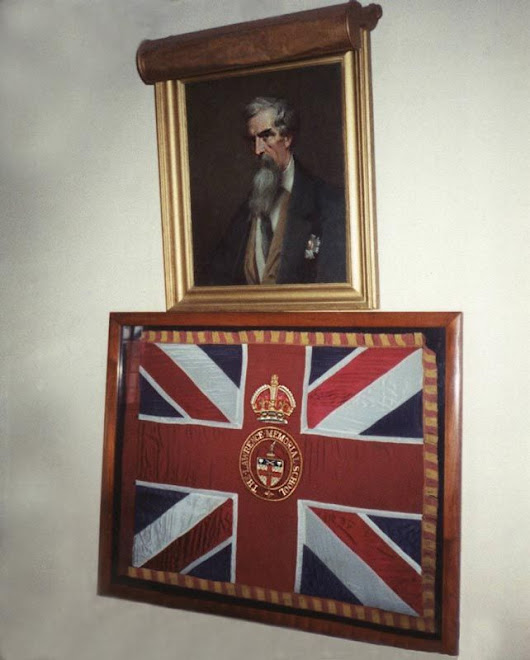SOME OF MY FAVOURITE SPOTS OF THE NILGIRIS
History
The history of Nilgiris dates back to eleventh and twelfth century. The Nilgiris was first mentioned in Silapathikaram. The Nilgiris was part of the Kingdoms ruled by most of the rulers of South India viz. the Cheras, the Cholas, the Pandiyas, the Rashtrakutas, the Ganges, the Pallavas, Kadambas and the Hoysalas. The illustrious king of Hoysalas Vishnuvardhana (A.D. 1111-1141) had conquered Nilgiris and turned the Nila mountains into a city.
Modern Period
The Nilgiris was part of the Vijayanagar Kingdom from 1336 to 1565. After its fall in 1565 the rulers of Mysore gained control over the Nilgiris. Later it came under the rule of Hyder Ali and Tipu Sultan (1760 to 1799). The Nilgiris was ceded to the East India Company in 1799 by a Treaty of Srirangapattanam. However this beautiful mountainous region was unknown to British until 1818.
It was John Sullivan, an Englishman and Collector of Coimbatore, who was destined to have greater cultural impact on the Nilgiri hills than any other single person, Indian or European. He had a strong love of Nature and propensity for Agriculture and Gardening. He was the first European official to build a house and settle there.
He introduced a number of old varieties of plants from Europe and South Africa which form part of the Nilgiris flora today. He is responsible for developing the Nilgiris and Udhagamandalm in particular.
The Ootacamund is well brought out by Lord Lytton, Governor General of India who visited the hills in September 1877. He loved the rainy and muddy road in Ootacamund.
Route: Mettupalayam - Coonoor – Ooty
The Nilgiri Railway
 This Nilgiri Rail system is unique as it is the steepest one in Asia. It is a 46 Km long and runs on 1000 mm gauge railway connecting Mettupalayam to Ooty. Both towns are in the state of Tamil Nadu.
This Nilgiri Rail system is unique as it is the steepest one in Asia. It is a 46 Km long and runs on 1000 mm gauge railway connecting Mettupalayam to Ooty. Both towns are in the state of Tamil Nadu.
It covers a distance of 46 km in around 5 hours. It is interesting to note that the engine pushes the train from behind when ascending the hills and is in front, while going downhill so that the train does not run amuck. This is a truly amazing journey that takes tourists from a height of 1069 feet to 7228 feet.
The train itself is a charming blue and cream with wooden coaches and large windows. It is hauled up hills by steam engines, designed and built by the Swiss Locomotive Works. Twelve of such locomotive engines survive even today.
The journey itself from Mettupalayam to Ooty is full of scenic beauty enroute. The train passes amidst tranquil and serene views of Coonoor, Wellington, Lovedale to finally reach Ootacamund. It covers a total distance of 116 km and crosses 250 bridges and 16 tunnels.
History
It was in 1854, that the first plans were made to build a mountain Railway from Mettupalaiyam to the Nilgiri Hills. But it took the decision-makers 45 years to cut through the bureaucratic red tape and complete the construction and installation of the line.
The line was completed and opened for traffic in June 1899. It was operated first by the Madras Railway under an agreement with the Government.
The Madras Railway Company continued to manage this railway line on behalf of the government for a long time until the South Indian Railway company purchased it. The line was extended to Ootacamund from Coonoor some time in 1908 on the same gauge over a distance of 11 and 3/4 miles at a cost of Rs. 24,40,000.
I HAVE MANY SWEET MEMORIES, OF THIS WONDERFUL TOY TRAIN. WHICH TOOK ME TO SCHOOL AND BACK HOME FOR HOLIDAYS.I WAS A SCARED LITTLE GIRL ON MY FIRST TRIP AND PRAYED WHILE THE TRAIN WAS GOING THROUGH TUNNELS AND CROSSING HIGH NARROW BRIDGES,I PRAYED THAT IT WOULD REACH MY DESTINATION, SCARED SILLY LITTLE GIRL. BUT LATER WHILE GOING HOME IT WAS A PLEASURE ,TRIP WHAT WITH A TRAIN FULL OF KIDS SCREAMING THROUGH TUNNELS , HOLDING SMALL COLORFUL PROPELLERS MADE OF WOOD IN OUR HANDS, . THE LOVEDALE MONKEYS WERE LOOSE. THAT IS WHAT I HEARD SOME ELDERS SAY .
THOSE WERE THE DAYS GONE FOR EVER,BUT ETCHED IN MEMORY
CLUELESSNAN
TYPICAL DRESS OF TH MEN AND WOMEN
Todas, an ancient people living in the Nilgiris, are according to anthropologists, an off-shoot of the ‘Lost Tribe’ of Israel. Some of their customs and practices are amazing and often shocking. An insight into their fascinating lifestyle.
The Neilghrrey, the Nilgiris or the Blue Hills of Tamil Nadu boast of vast tea and coffee estates, huge forests of teak, rosewood and eucalyptus that give the hils their aura of blue. And, most important of all, they are home to the Todas, an ancient people who in dress and stature strongly resemble characters from the Old Testament.
Prince peter of Greece, an anthropologist, after a careful study of these people, concluded that there was strong likelihood that they were an off-shoot of the “Lost Tribe” of Israel.
The Toda men, over six feet in height, are well proportioned with tousled hair and beards. Well-shaped, high-bridged aquiline noses, natural hauteur and an independent spirit show why they work for no one. As a matter of fact, they are the lords with people working for them. Their athletic physique, remarkable stamina and endurance make them magnificent men. The women, however, are small in stature and wear cork-screw ringlets as a mode of hair arrangement.
The forced interaction with civilisation has caused a lot of changes in the lifestyle of the Todas. The Todas used to be a pastoral people but are now increasingly venturing into agriculture and other occupations. They used to be strict vegetarians but some can be now be seen eating non-vegetarian food. Although many Toda have abandoned their traditional distinctive huts for concrete houses,[7] a movement is now afoot to build tradition barrel-vaulted huts and during the last decade forty new huts have been built and many Toda sacred dairies renovated.
My first visit was a class outing to a Toda hamlet, very near by Lovedale station.
The Toda people were very gracious and allowed us to romp around and have a look at their style of living, we had to creep in on our knees to get a peep into their wonderful home so small and comfy and warm. they were good enough to entertain us with their singing, , the song just one tone with sound it was out of this world. I never heard any thing like that before. I went back to school in wonderment, it was an experience never forgotten, as the poet said, "he music in my heart i bore, long after it was heard no more".
I have not seen a Toda in ages, but I have read their are changes to their culture, and their home stead, I guess we have to accept change.
Nothing is permanent, this too shall pass
CLUELESSNAN










 This Nilgiri Rail system is unique as it is the steepest one in Asia. It is a 46 Km long and runs on 1000 mm gauge railway connecting Mettupalayam to Ooty. Both towns are in the state of Tamil Nadu.
This Nilgiri Rail system is unique as it is the steepest one in Asia. It is a 46 Km long and runs on 1000 mm gauge railway connecting Mettupalayam to Ooty. Both towns are in the state of Tamil Nadu.





